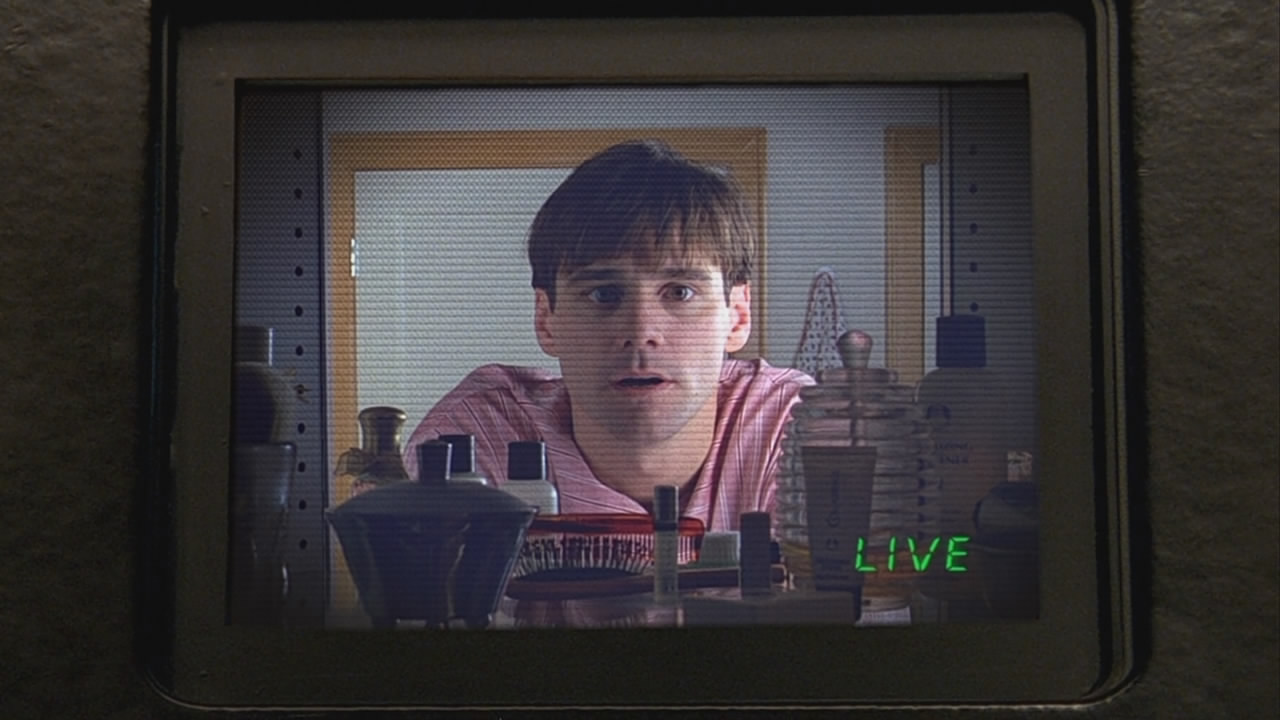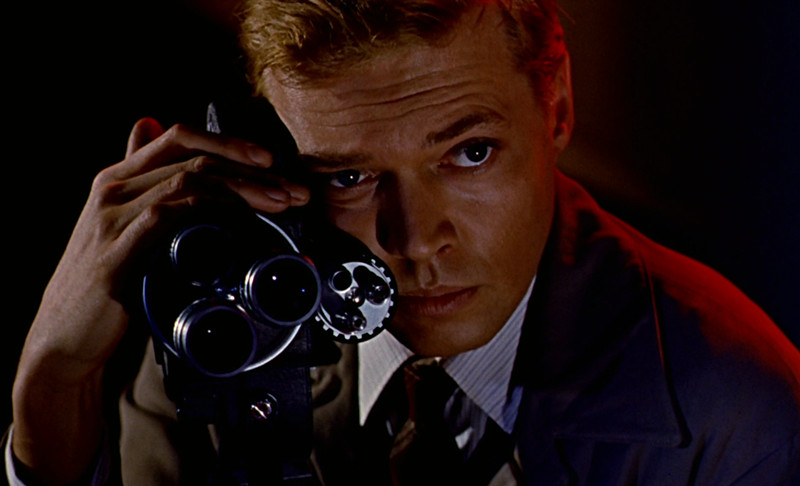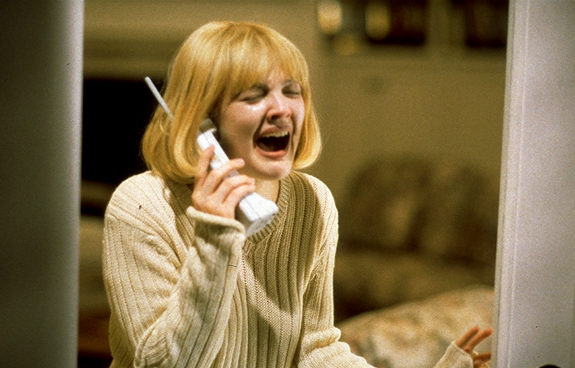5. The Truman Show

Of all the films in this list that boast a meta-commentary about life, “The Truman Show” is one of the most profound in handling a tough matter. Many scientific propositions come to mind to explain Truman’s existential crisis, and from them, simulation theory is the most fitting. It is a great tragedy to find one day that your life was all just a dream, and the dream was controlled by a money-making evil corporate entity.
The presence of friends and family in Truman’s life are all augmented; even the situations in his world are artificially created to provoke emotions out of them. As we, the viewers, watch the real-life televised tale of Truman’s life, Peter Weir questions us about our own existences and judges us for being so naive in our worldview.
A dominant percentage of the populace spends most of their time watching these scripted reality shows and doesn’t have time to contribute to any type of inceptional investigation. It is a wasted existence and in every possible way, we are no better than Truman; our daily life is controlled by these television channels. Maybe we are also part of a television show?
6. Peeping Tom

“Peeping Tom” destroyed the career of legendary British filmmaker Michael Powell. But it was a path-breaking film and prophesied the incoming wave of slasher films. That’s probably why it never got it dues; as the conservative film audience in Britain was not prepared to enjoy a picture that was way ahead of its time – even before the popular “Psycho” was released in the theatres – that directs a massive blow to the film audience.
“Peeping Tom” commented on our voyeuristic nature and presented the viewers as some kind of murderers; the glossary term “Shooting” comes from the theoretical observation that the filmmaker freezes time by forcibly shooting the lead characters or actors, robbing from their personal time. This is shown by projecting its protagonist as a character who seeks pleasure by recording the death or murder of his chosen people, victimized for his pleasure. Many people have find a Freudian association with the story of the film, but it tells more about the seventh art and its spectators than anything else.
It tells us in a very straightforward manner that we are voyeurs who enjoy murder in the dark space of a cinema hall. Martin Scorsese, one of the greatest filmmakers of all time and a lifelong cinephile, commented that ,“‘Peeping Tom’ shows the aggression of it, how the camera violates.” It is an unforgivable act of invasion of one’s personal space. Michael Powell knew that well, but alas, the spectators were not psychologically strong enough.
7. Symbiopsychotaxiplasm

One of the greatest examples of meta-textual narrative, “Symbiopsychotaxiplasm” was a crown of independent filmmaking. Although unable to secure a traditional release in theatres, it was screened at the Sundance Film Festival in 1992 and Steven Soderbergh became so entranced at the quality of the film that he created a way for its distribution channel and hailed it as one of the most amazing things he had never seen.
“Symbiopsychotaxiplasm” seamlessly blends the genre of documentary and fiction, where the filmmaker plays a fictional part inside a documentary film which is part of a documentary shoot. In simple words, it is a documentary inside a documentary inside a documentary. The film alerts the viewers to the discomforting reality that nothing is real, or everything is real if viewed from the opposite viewpoint. William Greaves reminds us that he is the master of the game and everything real is, in fact, fiction, and the fictions are real.
8. Scream

One of the legends of horror cinema, Wes Craven released a film in 1996 that would forever change the future of meta-horror cinema with its wide-reaching impact, both commercially and critically. It was a tribute and a mockery of all of the classic horror films at once. The references are numerous, but Craven mostly used classic slasher films to joke about, like “Halloween,” “Friday the 13th,” and his own “A Nightmare on Elm Street.” Unlike the most recent “The Cabin in the Woods,” which was previously mentioned in this list, the characters of “Scream” were more self-aware of the conventions they are using in the film.
Even without the sly jokes Craven used in the film, “Scream” was engrossing as a traditional slasher picture, and the thrills were plenty. The cast members were also charismatic and fun to root for. Craven played with the cliches but managed to make a chilling picture nonetheless. It was so well received by the contemporary audiences that since then the sequel and “inspired” remakes can’t stop coming out, and the “Scream” film canon continues to grow. “Scream” fascinated its audiences with its mature understanding of the genre conventions and wink at them with the same thing.
9. Man Bites Dog

We are becoming extremely insensitive violent pricks with every passing day. In other words, in how we attribute the influx of self-conscious films that judge us and takes a blow to our idleness to atrocities. This is itself a contradiction, but with the treatments becoming hyper-violent, this trend is going to stay. The last film on this list is the horrifying 1992 french film “Man Bites Dog.”
This fake mockumentary parodies our insatiable desire for violence and the Western audiences’ growing fascination with serial killer films. “The Silence of the Lambs” is great, but can we relate to Billy the Butcher? If yes, then it is very alarming and needs to be addressed soon. Several documentaries revolving around horrific practices are also revered – this is another distressing phenomenon. That is what “Man Bites Dog” tries to point out to us, by constructing its plot around fake murder.